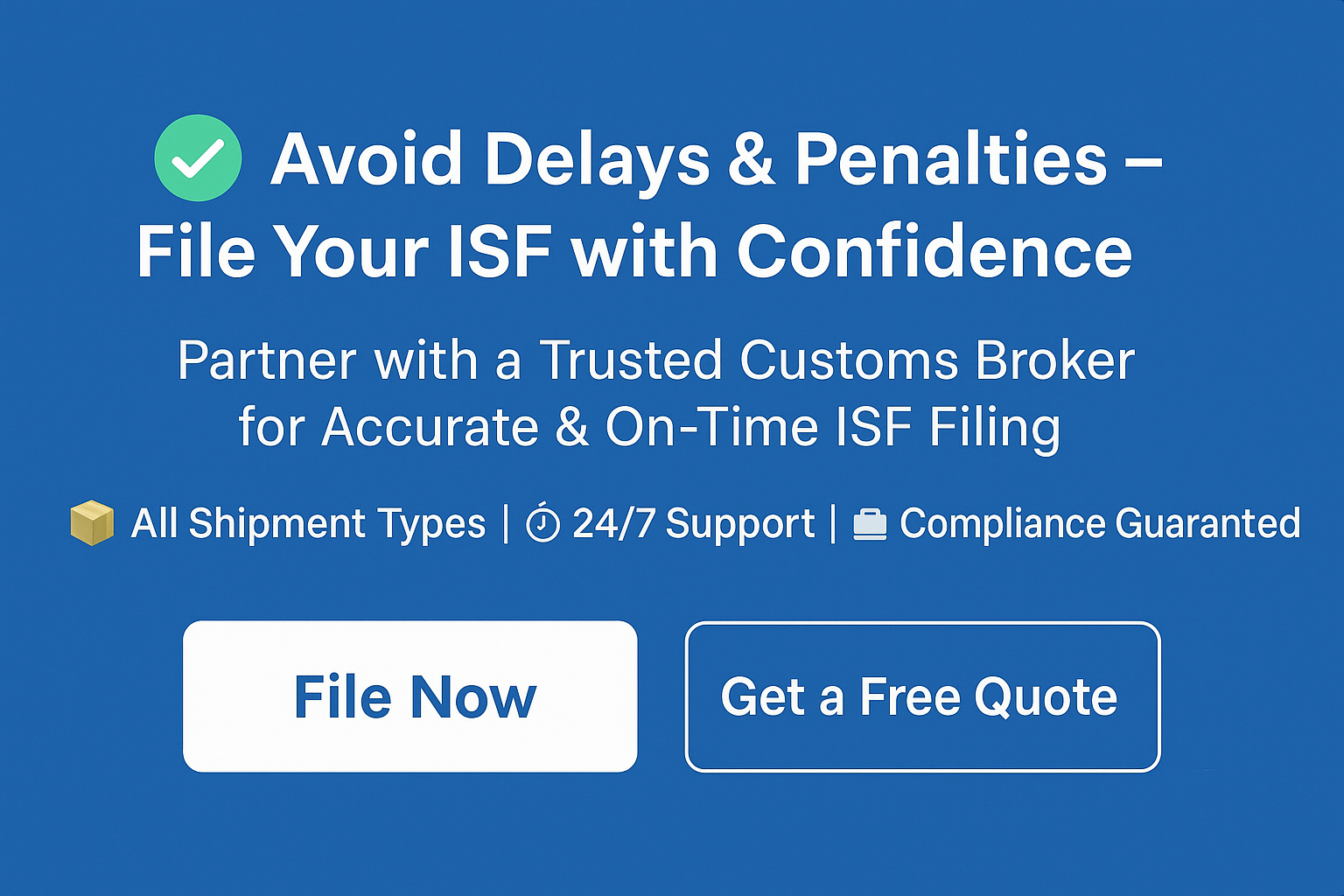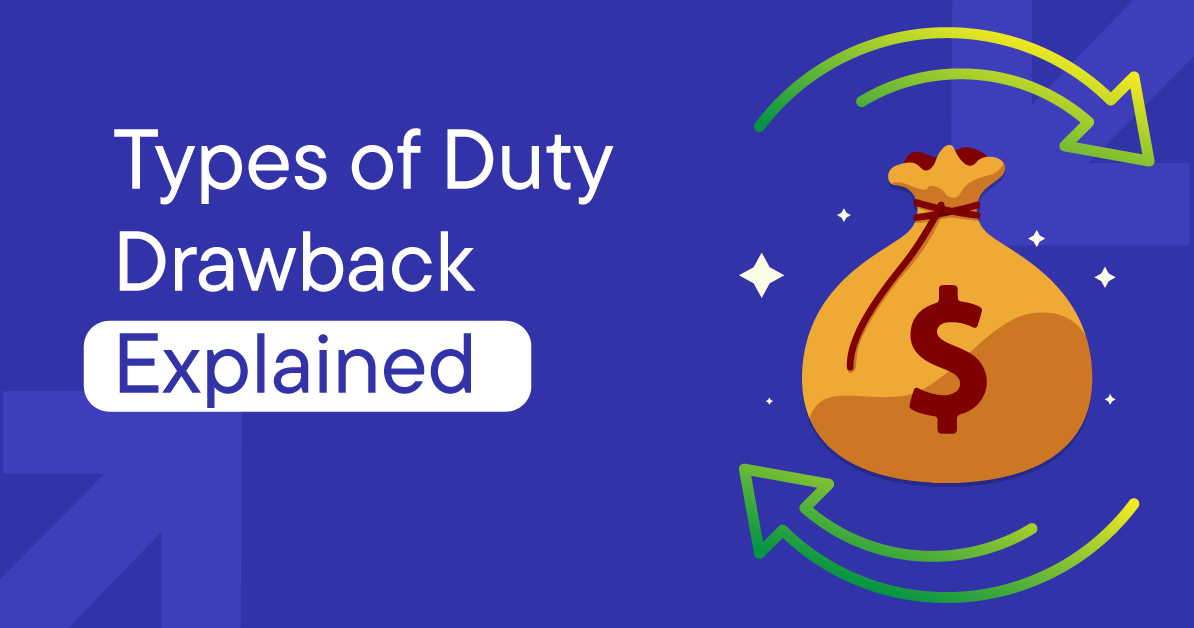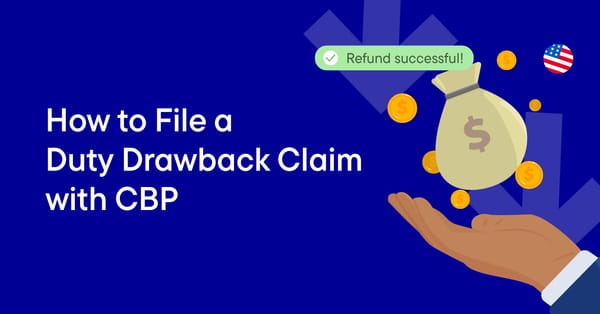What is ISF 5?

If your shipment is passing through the U.S. without staying—like in transit to another country, entering a Foreign Trade Zone, or moving under bond—then you’re likely dealing with ISF 5.
ISF 5 (Importer Security Filing 5) is a simplified but critical requirement from U.S. Customs and Border Protection (CBP).
It ensures that CBP has key shipment details in advance for cargo that’s not actually being imported into the U.S.
In this guide, we’ll cover everything you need to know about ISF 5, including:
✅ What ISF 5 is (with real-world examples)
✅ The difference between ISF 5 and ISF 10+2
✅ Who’s responsible for filing
✅ What information is required
✅ Deadlines, penalties, and how to stay compliant
Whether you’re a freight forwarder, NVOCC, or importer, this guide will help you stay on top of ISF 5 and avoid costly delays or fines.
Let’s dive in!
What is ISF?
ISF stands for Importer Security Filing—a required submission to CBP before certain types of cargo arrive in the U.S.
This applies to all ocean shipments, and the purpose is to enhance national security by giving CBP advance visibility into what's entering or transiting through the country.
Now, ISF comes in two main flavors: ISF 10+2 and ISF 5.
Let’s talk about what those are, how they differ, and when you need to file them.
What Is ISF 10+2?
ISF 10+2 is a U.S. Customs requirement for all ocean shipments imported into the U.S. ISF 10+2 must be filed at least 24 hours before the cargo is loaded onto the vessel at the foreign port.
- The “10” refers to 10 data elements provided by the importer.
- The “+2” refers to 2 data elements provided by the carrier.
This filing enables CBP to screen imports and protect the supply chain. If you're wondering "What is ISF 5 ?" or how it differs from ISF10+2 filings, you're not alone.
What is ISF 5 - with example
ISF 5 is required when cargo enters the U.S. but is not being imported. Instead, it's passing through or being held temporarily.
ISF 5 applies to:
- Shipments entering a Foreign Trade Zone (FTZ)
- Goods under T&E (Transportation and Exportation) entry
- Cargo with IE (Immediate Exportation) entry
In-transit shipments to another country (e.g., Canada or Mexico)In short, if your shipment touches the U.S water and sails to a different country then you will have to file ISF 5.
Example -
Let’s say a company in Germany ships a container full of auto parts to Mexico on Wednesday at 3:30PM.
The vessel route includes a stop at the Port of Houston, Texas, where the container is unloaded and moved by truck or rail across the border into Mexico.
In this case:
- The shipment enters the U.S., but it’s not staying here.
- It’s just passing through the U.S. on its way to another country.
This type of shipment is moving in transit, and because it’s not being imported into the U.S. for consumption, the importer (or their agent) needs to file an ISF 5, not ISF 10+2.
What is the difference between ISF 5 and ISF 10+2
When Is the Right Time to File ISF 5?
ISF 5 must be filed at least 24 hours before the cargo is loaded onto the vessel at the foreign port of origin.
If we take the above example as a reference, the ISF 5 should be filed on or before Tuesday at 3:30. That is 24 hours before the container is loaded in Hamburg port.
File ISF 5 for Canada-Bound Cargo
When Is ISF 5 Required?
ISF 5 is required when your shipment is:
- Entering a Foreign Trade Zone (FTZ)
- Moving under a T&E (Transportation and Exportation) entry
- Entering under an IE (Immediate Exportation) entry
- In transit through the U.S. to another country
Basically, anytime the cargo isn’t staying in the U.S., but still passes through the USA water. ISF 5 is primely required for shipments entering Canada.
What Happens If You Don't File ISF 5?
Failing to file ISF 5 will lead to -
- Your cargo may be delayed or even held at port.
- You could face fines if CBP decides it’s a significant or repeat violation.
- It might flag you or your company for future shipments, leading to more scrutiny.
- Penalty up to $5000
CBP takes ISF seriously, even for transit cargo. Late or missing filings can impact your supply chain and increase costs.
How to File ISF 5?
Filing ISF 5 is done electronically through a customs-approved platform. Here’s a quick breakdown of the steps:
- Gather the required info (we’ll cover that below).
- Work with a customs broker or a filing partner (like us!) who has access to the CBP system.
- File at least 24 hours prior the cargo is loaded onto the vessel at the foreign port.
- Track the status and ensure there are no mismatches with the carrier’s Automated Manifest System (AMS).
Pro tip: Filing ISF 5 accurately and on time helps you avoid delays and potential penalties from CBP.
What Is the Information Required to File ISF 5?
There are 5 key pieces of data you need for an ISF 5 filing:
- Booking party – The company responsible for booking the cargo space.
- Foreign port of unlading – Where the goods will be taken off the vessel.
- Place of delivery – Where the goods will ultimately be delivered (outside the U.S.).
- Ship to party – The recipient of the goods.
- HTSUS number – The 6-digit Harmonized Tariff Schedule (HTS) number for the commodity.
- Having this info ready makes filing way smoother.
Who Is Responsible for Filing ISF 5?
When it comes to ISF 5, one of the most common questions we hear is:
Who’s actually responsible for filing ISF 5?
The party responsible for filing ISF 5 is typically:
- A FMC - licensed NVOCC (Non-Vessel Operating Common Carrier)
- The freight forwarder/logistics provider, if they are coordinating the transit cargo into and out of the U.S.
- A licensed customs broker.
File ISF 5 for Canada-Bound Cargo
Final say….
Whether you're new to importing or just brushing up on the details, understanding ISF filing, especially ISF 5, is essential for smooth logistics operations.
Filing correctly and on time keeps your cargo moving and helps avoid penalties.
Need help filing your ISF 5 or just want to double-check your process? Reach out to our team — we’ve got you covered 24/7.





